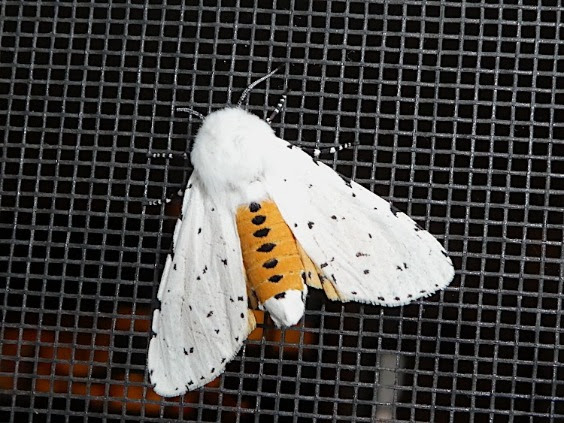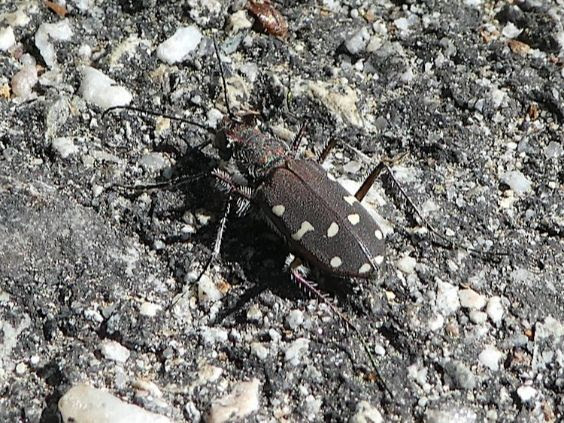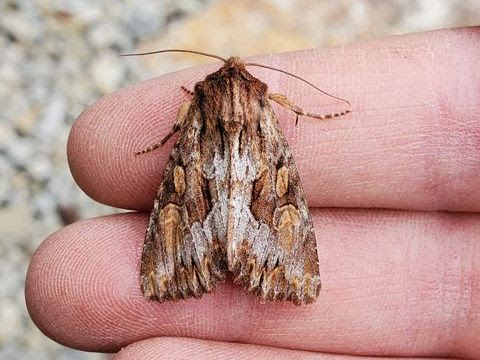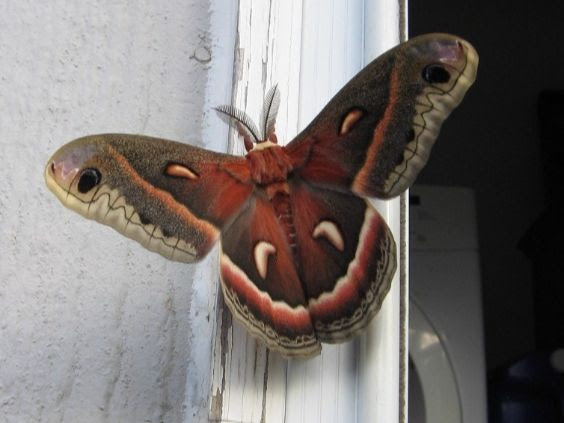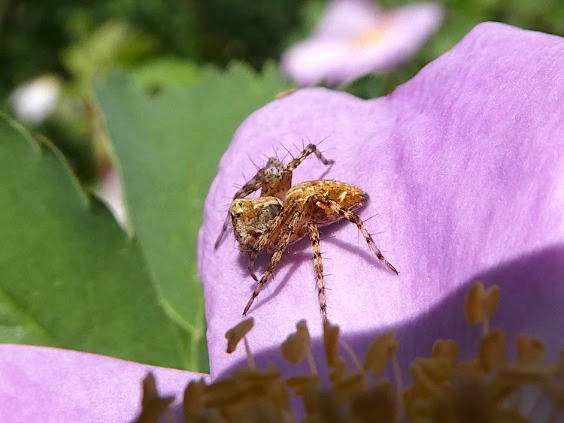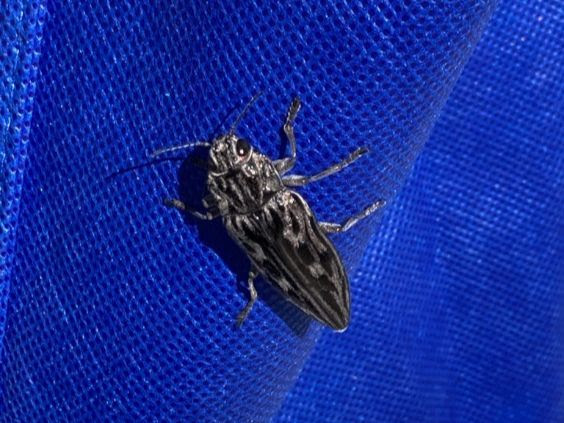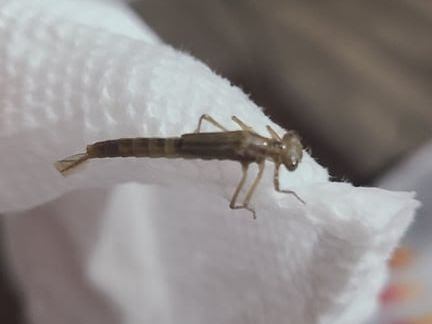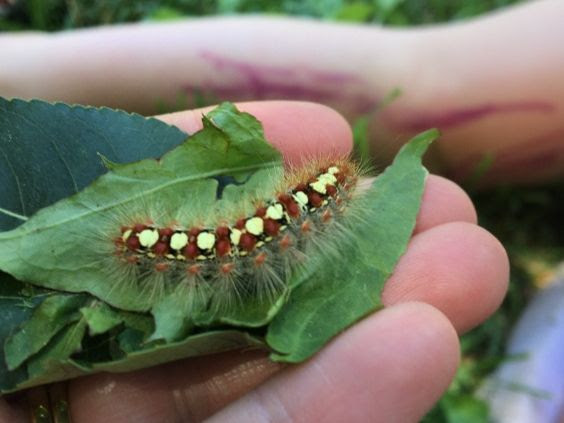Damsel bugs are often mistaken for another type of true bug, assassin bugs (family Reduviidae). One way to tell them apart is to focus on their “beaks”. Damselbugs have a four-segmented […]
Read MoreWhat’s Buzzin’
What can you see around Western Montana right now?
A Green Lacewing (Chrysopa coloradensis)
While these beautiful and delicate looking insects are harmless to humans, they are very capable predators that always seem to be hungry. And since they tend to feed on other […]
Read MoreSalt Marsh Moth (Estigmene acrea)
The name of this elegant moth reflects its frequency in coastal salt marshes (tidal marshes) along the Pacific, Atlantic, and Gulf Coasts. But really, they can be found in any […]
Read MoreWestern Tiger Beetle (Cicindela oregona oregona)
The western tiger is slightly smaller than our other tiger beetles in Montana (only 11 – 13 mm). Their color can vary from brown, green, purple to black. They are […]
Read MorePronounced-antenna Brocade (Apamea antennata)
This richly colored and subtly patterned moth flies from late spring to summer in a variety of forested habitats: dry, open ponderosa pine forests to wetter Douglas fir or subalpine fir […]
Read MoreCecropia Moth (Hyalophora cecropia)
To say we were excited to see this submission come in is an understatement. It’s the largest native moth in North America, females with a five to seven inch wingspan […]
Read MoreWestern Lynx Spider (Oxyopes scalaris)
Similar to wolf spiders and jumping spiders, western lynx spiders are active hunters that are fast runners and leapers with good vision. Rather than hunting on the ground, they are […]
Read MoreWestern Sculptured Pine Borer (Chalcophora angulicollis)
This metallic woodborer beetle is truly a work of art, with its textured upper side and iridescent bronze luster. An opening of the wings reveals even more beauty. This species was […]
Read MoreDamselfly Nymph (Suborder Zygoptera)
Before taking to the sky, damselflies, and their close relatives the dragonflies, develop in still water such as ponds, lakes, marshes, and bogs. The nymphs are predatory like their adult counterparts, […]
Read MoreSatin Moth Caterpillar (Leucoma salicis)
Beautiful both in their immature and adult forms, satin moths were introduced from Europe in 1920 and can now be found across Canada and in the northwestern and northeastern states. Caterpillars eat aspen, poplar […]
Read More

